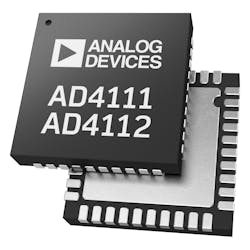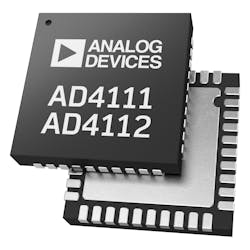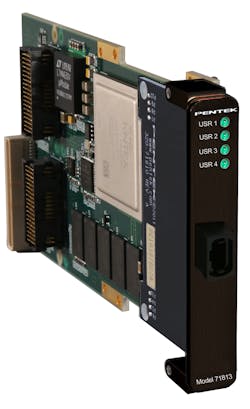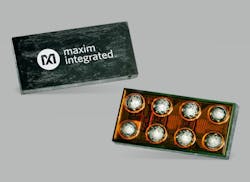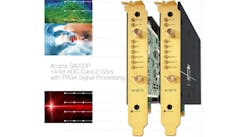Data converters are the backbone of many test and measurement instruments’ digital transition, and with more and more instruments showing high-definition information on more displays than ever, reliance on these converters continues to grow. Vendors are challenged to pack as much analog-to-digital ADC or digital-to-analog (DAC) performance as they can into such converters while minimizing form factor. Depending on the application, some data converters must be custom-made and built into an existing product, while other standalone converters can be applied across several applications.
A 2017 report by MarketsAndMarkets stated that the global data converter market was expected to grow from $3.35 billion in 2016 to $5.08 billion by 2023 at a CAGR of 6.3% from 2017-2013, with that high growth “driven by the increasing adoption of technologically advanced data acquisition systems and the rising demand for test and measurement solutions by end users.”
Here's a look at some data converter products recently put on the market.
Precision ±10V and 0-20mA A/D converters
Analog Devices (ADI) has introduced two multichannel ±10V and 0-20mA precision A/D converters that better enable implementation of programmable logic controller (PLC) andJade Architecture SOSA Aligned LVDS XMC Module with Optical I/O
Tiny, precision data converters for performance, small footprint
3Msps, Low-Power, Serial 12-Bit ADC
The MAX19777, from Maxim Integrated, is a 12-bit, compact, high-speed, low-power, successive approximation analog-to-digital converter. This high-performance ADC includes aSA220 14-bit ADC Card, 2 GS/s
Acqiris has announced the new SA220 14-bit ADC card, the first addition to its new SA2 platform that is specifically optimized for OEM requirements. It leverages the company’s newAbout the Author

